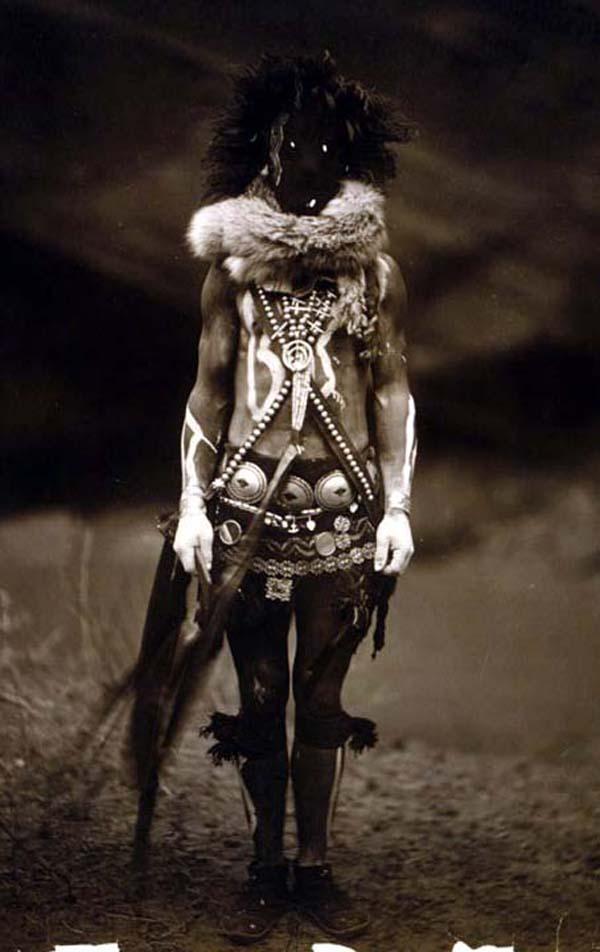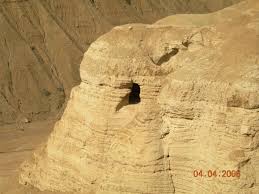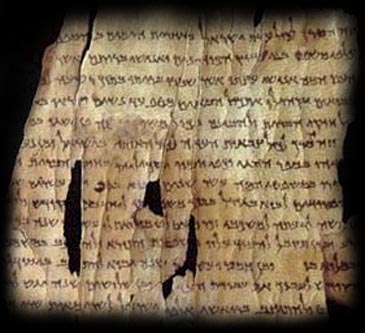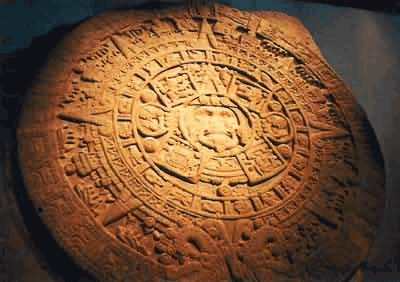About 18 years ago, my buddy Kyle and I went canoeing down in south Georgia during the summer. The first part of the trip took us down the Satilla, a beautiful black water river with white sandy beaches. That part of the vacation was uneventful. The trip through the Okefenokee Swamp was not, however.
Even at the age of 17 we were fairly experienced campers. Every weekend we would hike or float down a river. We never left without first plotting a detailed map and we had the best equipment a couple of teenagers could afford. We always planned for the unexpected and made sure to take an extra couple of days worth of supplies. The trip into the swamp was only going to be a short day trip, leaving early in the morning and returning before dusk. We were totally unprepared for what happened.
We set off into the swamp early Saturday morning, leisurely paddling along the well marked canoe trail. We took in the sights of the gorgeous landscape, the beautiful plants and of course we marveled at the alligators. The two of us were loving every minute of our trek. Nearing midday, we became hungry so we paddled away from the trail a short distance, tied up to a tree, and made lunch.
After eating our ramen noodles and jerky we relaxed in the canoe, and soon both of us fell asleep. We woke up a couple of hours later and started paddling back to the main path. We thought so, anyway.
It didn't take us long to realize that we were lost. Neither of us felt any panic or distress. We had been in worse situtations and never failed to get through them. We were both confident we would soon find our way out of the maze in which we found ourselves.
The hours passed and the sun was getting lower in the sky. Still far from panicking, we were growing a bit anxious. We were just chalking it up to another 'Scott and Kyle Adventure'.
The sky continued to darken. At this point, we realized that we were going to have to spend the night in the swamp. Again, it was nothing we were really all that concerned about. We knew that the park rangers would be out looking for us the next day since our return time had come and gone. Kyle's family was staying in a nearby lodge, and even though we knew they naturally worried about us, we also knew that they were confident in our abilities and outdoor skills.
In the Okefenokee, camping is allowed only on platforms built above the water. That way the gators can't get ya. Obviously, we didn't have the luxury of a platform, so we tied up to another tree and just made ourselves as comfortable as possible in the boat.
We passed the time by eating, fishing, and watching the gators. Soon the sun had completely decended and it was night. It was eerily beautiful, and it seemed that Mother Nature had cranked up the volume to 11. The birds, frogs, insects and other swamp creatures became louder and louder. We talked about the sort of things that teenage boys talk about. We laughed and just enjoyed the moments.
 THUMP. Something hit the bottom of our boat. THUMP THUMP. Again, something hit our boat. Kyle raised our small lantern and we saw what had to have been the largest alligator in the whole freaking swamp swim past. If it was less than 15 feet long I would be surprised. It turned around and came straight at us, hitting the boat again. Kyle grabbed his oar and smacked the water, hoping to scare the damn thing away. The gator seemed to grow even more brazen and aggressive and once again made a pass at our boat, really hitting it hard and rocking it a good bit. I felt like I was in an alligator version of 'Jaws'. We needed a bigger boat, indeed! I too grabbed an oar and we both began beating the hell out of the water. The gator went under us, REALLY knocked the shit out of the boat, and swam away. We thought it had left for good, but it returned after about 5 minutes. We repeated this entire cycle about 4 times. We were really getting scared that this fucker wanted to kill us. It swam away again, and we waited for it to make another strike.
THUMP. Something hit the bottom of our boat. THUMP THUMP. Again, something hit our boat. Kyle raised our small lantern and we saw what had to have been the largest alligator in the whole freaking swamp swim past. If it was less than 15 feet long I would be surprised. It turned around and came straight at us, hitting the boat again. Kyle grabbed his oar and smacked the water, hoping to scare the damn thing away. The gator seemed to grow even more brazen and aggressive and once again made a pass at our boat, really hitting it hard and rocking it a good bit. I felt like I was in an alligator version of 'Jaws'. We needed a bigger boat, indeed! I too grabbed an oar and we both began beating the hell out of the water. The gator went under us, REALLY knocked the shit out of the boat, and swam away. We thought it had left for good, but it returned after about 5 minutes. We repeated this entire cycle about 4 times. We were really getting scared that this fucker wanted to kill us. It swam away again, and we waited for it to make another strike.Then everything went silent. Instantly. And by silent, I mean there was NOTHING making a sound. Not a fucking peep. Even the mosquitos that had been pestering us by buzzing around our faces had suddenly disappeared. We both looked at each other; our puzzled faces were illuminated by the dim lantern. Neither of us wanted to say anything to break the silence. I don't really think either of us could have said anything, anyway.
SPLASH. SPLISH SPLASH. The sound was off to our right, probably 20-30 yards away. That damn gator again, I thought. Thankfully the eerie silence was giving way to some sort of activity. Nope, nothing else made a sound. SPLAAASH. This one sounded heavier; more violent. I told myself it was still just the gator.
Kyle whispered. "Why is it so quiet?"
I didn't have an answer. Surely, no animal in the swamp was so threatening that even the damn crickets and skeeters shut up. Not even our gator menace had quieted the sounds of the Okefenokee.
Of course, as in all movie thrillers, the lantern went out and we couldn't reignite it. And of course, as in all situations like this, the clouds parted and the moon revealed itself.
And of course, the two teenage boys who up to this point were relatively unrattled nearly pissed themselves.
SPLASH! Something darted through the trees to our right. It was not an animal. Well, if it was an animal it was walking on its hind legs. A bear maybe?
"Christ. What in the fuck was that?!" I said, but not too loudly. Didn't want it to hear me.
"SSSSSSSSSSSSSSSSSSSSSS". Something made a sound like air escaping from a tire. The same figure we saw earlier moved through the trees again.
CRACK! THUMP. CRAAACK! The cracks were sharp and violent. The thump was dull and had a hollow tone to it. Still no other sounds in the whole freaking area.
"SSSSSSSSSSSSSSSSSSSSSSSSSSSSSSSSSSSSSS". There it was again, only a little louder.
 Several minutes passed with nothing happening. Our little part of the world was still deathly silent.
Several minutes passed with nothing happening. Our little part of the world was still deathly silent.PLOP.
Something landed in the water right next to our canoe. PLOP. PLOP PLOP PLOP. It became apparent that the thing was throwing pebbles or something at us.
Okay, now this is getting fucking ridiculous, I thought. Bears don't fucking throw things. Both Kyle and I simultaneously drew our hunting knives from their sheaths, as if that was going to do anything whatsoever.
What happened next was something I will never forget. It is something that both of us wish we had dreamed. It is something that we don't even speak about when we see each other almost 20 years later. Jesus, I'm getting goosebumps and quite nervous even typing this.
CLINK. Something landed in our canoe. CLINK CLINK. Two more somethings landed in our canoe. CLINK CLINK CLINK. Ok, enough with fucking THROWING SHIT INTO OUR CANOE!
It was then we realized that whatever the objects were had come from above, NOT from either side. We looked at each other, our faces so white they rivaled the moon. At the same time, our gazes drew upward.
There it was. Sitting in the tree. OUR TREE. The tree to which we were tied. You know that goat in Jurassic Park that was tied up for the T-Rex to eat? Yeah, we were that goat.
I swear to christ that this thing must have been a child of the moon. The moon seemed to cast down its light on our friend in particular, illuminating it much more clearly than anything else in the area. It was as if the moon wanted us to see this thing in all its glory.
It was humanoid- it had the body of a man with the head of the skull of some kind of animal. It looked kind of like a wolf or coyote or something similar. The eyes glowed yellow, and there was fur covering the shoulders and upper body. This thing was built like a tank, too. Its muscles rippled under its pale skin. It breathed deeply and slowly. In one hand it held some sort of staff that was maybe 3 feet long with a huge knot at one end. Around its neck there was a pouch made from leather.
Oh, one thing I should mention is that this tree had no branches on the lower half of the tree where the creature was. It was grasping the tree with one arm, the staff clutched tightly in that hand. Its feet seemed to be dug into the tree trunk.
With its free hand, he pointed at us. Keep in mind that Kyle and I were in opposite ends of the boat, but each of us swore that it was looking straight into the eyes of each of us. Strangely, our sense of
 fear went away once it gazed into us. A sense of calm and 'This is gonna be ok' came over us. Slowly, it withdrew its outstretched hand, opened the pouch around its neck, reached two long fingers inside and took something out. It slowly extended its arm again, and dropped the objects into our boat.
fear went away once it gazed into us. A sense of calm and 'This is gonna be ok' came over us. Slowly, it withdrew its outstretched hand, opened the pouch around its neck, reached two long fingers inside and took something out. It slowly extended its arm again, and dropped the objects into our boat."GWAHHHHHHHHHHHHH SSSSSSSSSSSSSKKKKKKKKKKKKKHHHHHH" is the best approximation of the sound it made. It pointed at us again, then pointed off into the distance, to our right.
It leapt from the tree, landed with a very quiet splash, and darted off. The clouds gathered around the moon, and all the swamp's inhabitants began making their music once again.
Of course, we didn't sleep a wink. We sat in silence for the rest of the night, too awed and scared to speak.
The direction it pointed to turned out to be the way back to the trail.
The objects in our boat? Alligator teeth. Freshly dug out from a recently dead gator.
It was clear that this thing had been watching over us.
Once we got back to the canoe center, we told the story of being lost and the gator to the park rangers and Kyle's family. We left the part about our friend out. After we all settled down a bit, we talked to the rangers about the history of the swamp, hoping to gain some insight into what had happened. They mentioned nothing about ghosts, and scoffed at us when we brought it up. They did say that many indian burial mounds have been found, though... some 4000 years old.
Anyway, Kyle and I talked it about once and only once after it happened. It was so amazing, unbelievable, and awe inspiring that we have no need to discuss it I guess. As for telling the story, no one would believe us anyway.






















